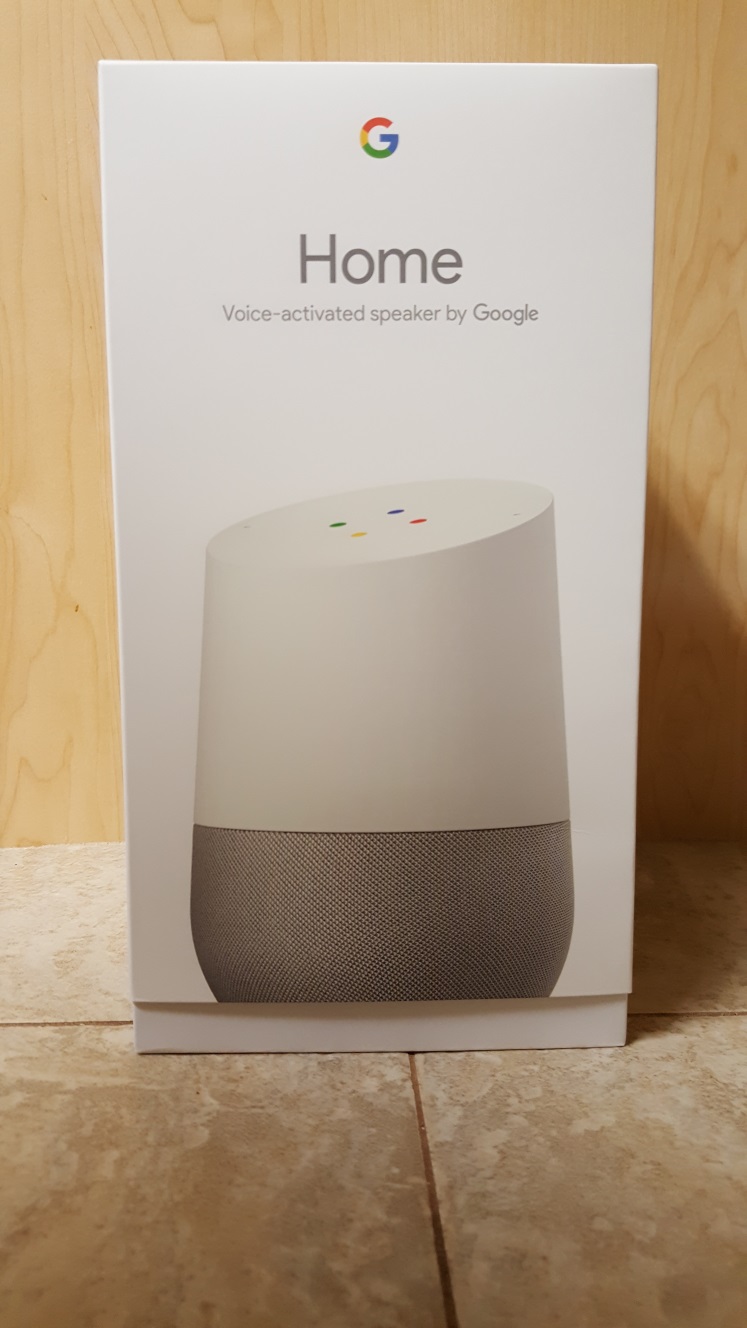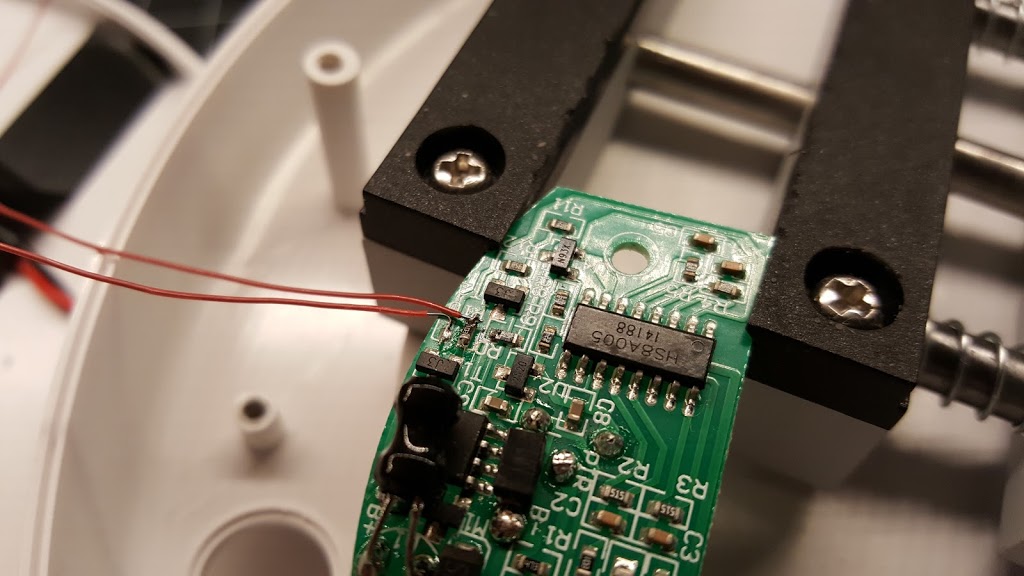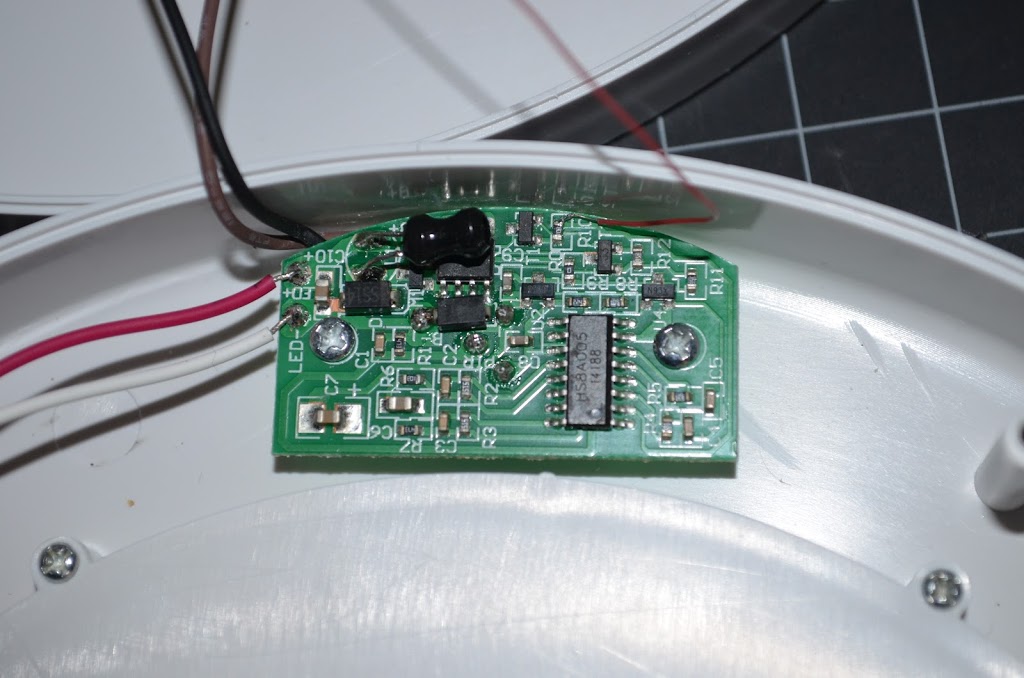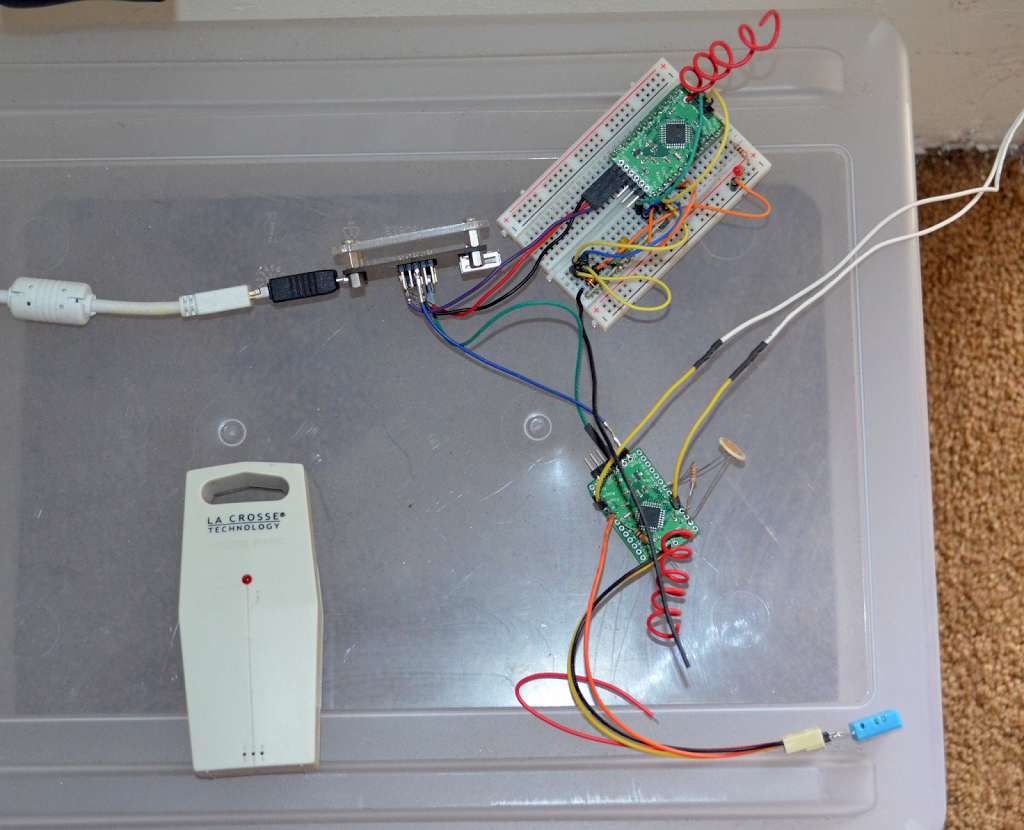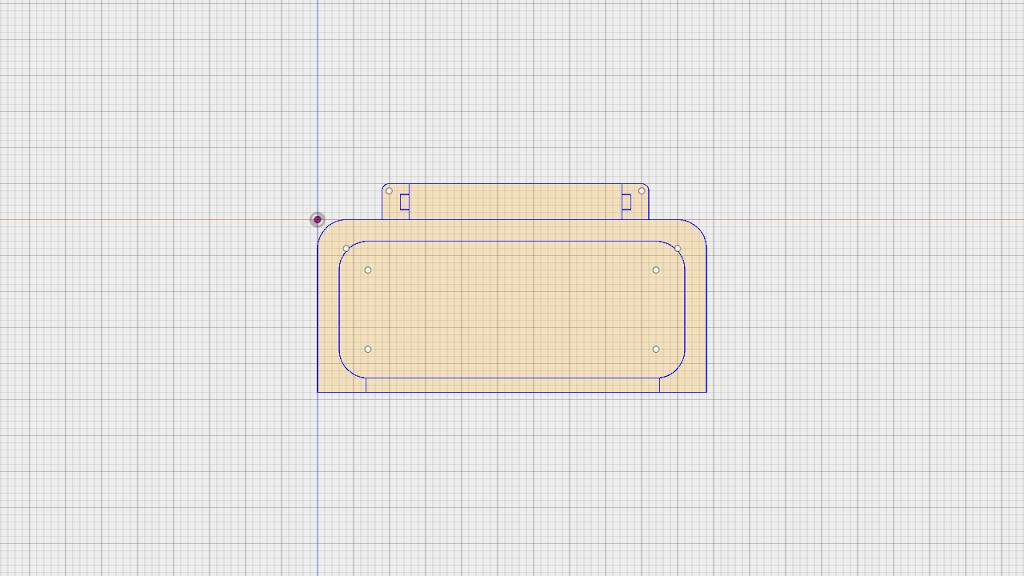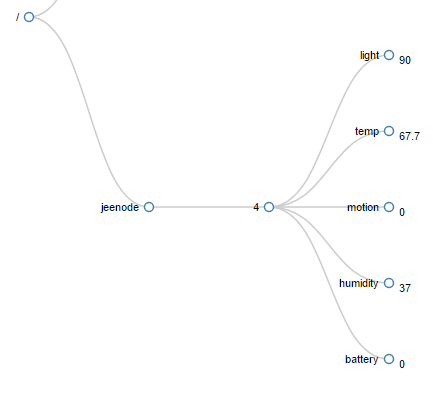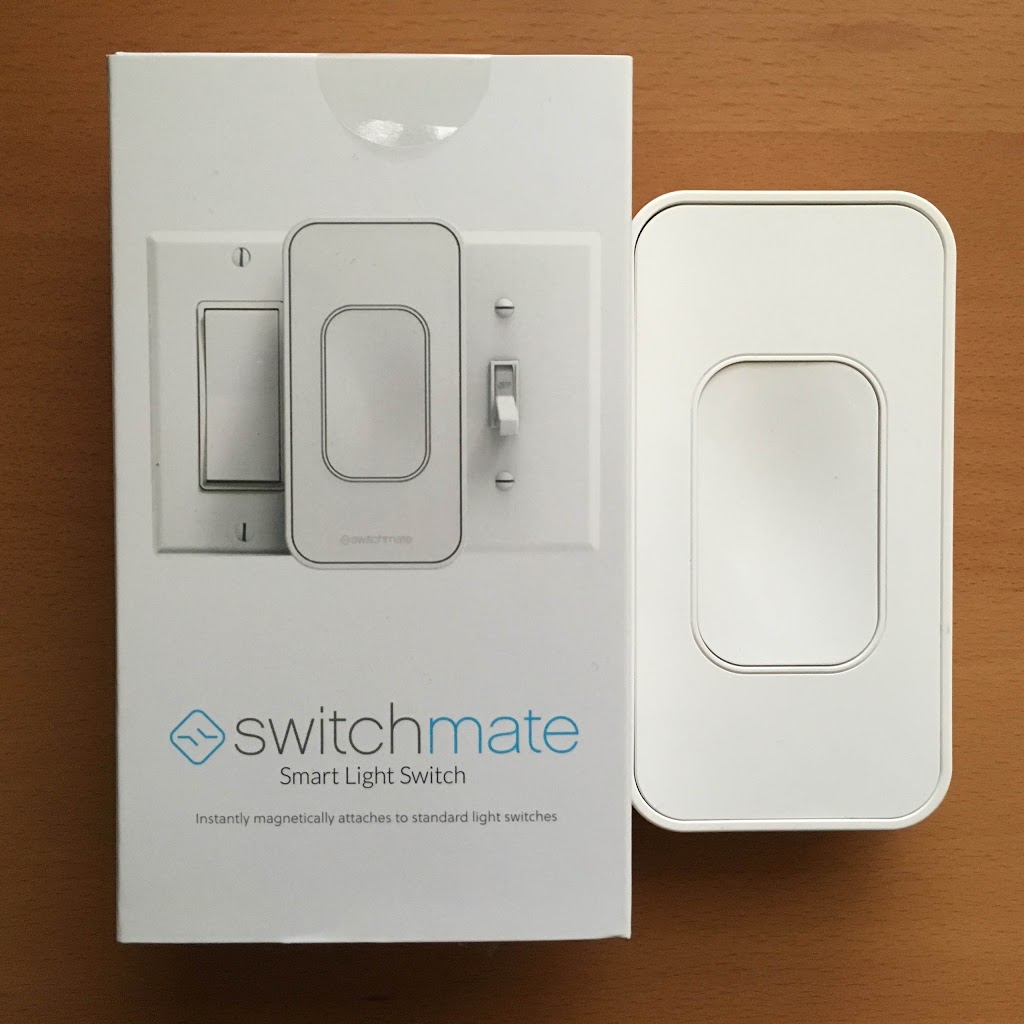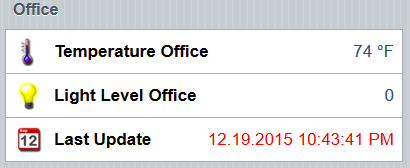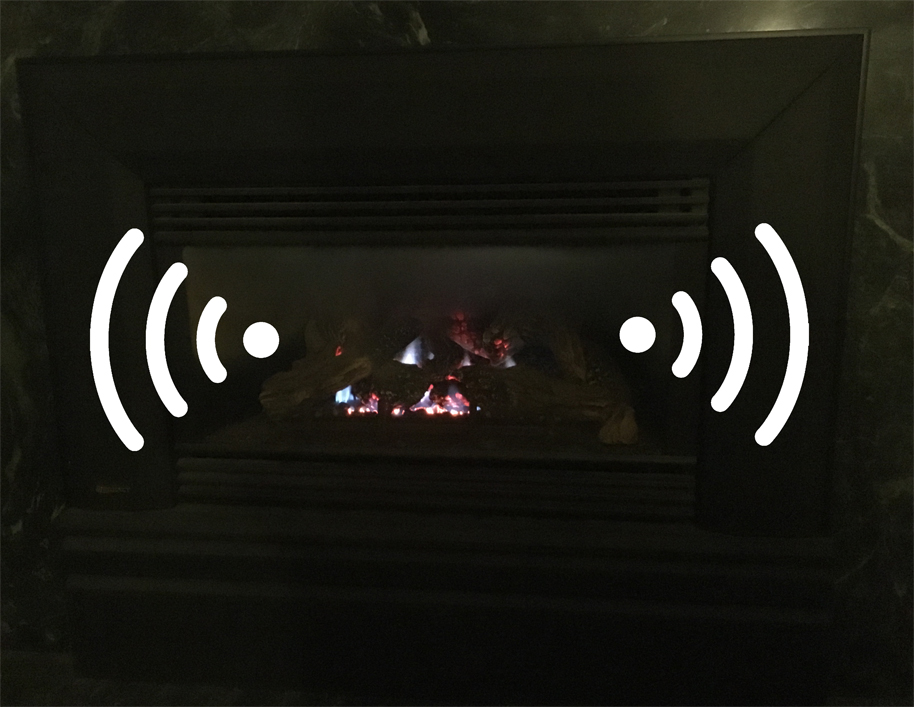This post was from a November draft. At last it has arrived – the Google Home! I have been anxiously awaiting this since I pre-ordered it in mid-October. In my opinion, Google Home is the missing piece to anyone’s home automation setup. Primarily it’s the voice control which has been the hardest to implement. In the past I have tried with a Kinect to control my smart outlets. This was before the openHAB days. While OpenHAB does have voice built-in, you have to write your own rules. Creating rules that handle natural speech is a bit tough. With Google Home you can leverage Google AI for that. Google Home at launch is a bit limited but it supports just enough …
IKEA Motion Lamp Hack Update
Back at it again, I decided to add a few more features before I deem this project complete and ready to be put into service. In case your are wondering, this is based on my previous work on the IKEA Motion LED Lamp Hack. This time around I just wanted to make a few hardware changes that will let me have full control of the light. IKEA Motion Lamp Resistor Modification Instead of just reading the trigger voltage I decided to also inject my own signal. This way I can control if/when the lamp is on. The easiest place to intercept the signal is to move the resistor rather than cutting a trace. I rotated the resistor 90 degrees and …
IKEA Motion Lamp Hack
Last year while visiting a friend for the Portland Mini Maker Fair I became the owner of an IKEA STÖTTA, a battery powered, motion activated, LED lamp. I knew it was ripe for hacking. After arriving home, it sat on my desk waiting to be disassembled to reveal its secrets. I figured the only way to get it off my desk was to get around to tearing it apart and seeing what I could do with it. Over the weekend I spent more time trying to decide which direction to take since there are plenty of features I could add. At least I can get something going now and add to it later. Who ever said a project had to …
Living Room Node Upgrade
For over a year now the living room node and La Crosse Gateway has been sitting atop a plastic bin next to my patio slider in a mess of wires. This is when you know you have too many projects lying around the house. So this summer I decided to design a PCB with a nodeMCU that will replace both projects and mount atop of a power brick. I went with the nodeMCU since there is power nearby, ease of connecting directly to the MQTT broker, and I can broadcast more often without the power limitations of a battery. This project frees up two RFM12B boards so that they can be used for the other window and the front door. Living room …
PCB Battery Clip
Just a small update to the battery powered nodes. Until now I had used a piece of tape to hold the PCB to the battery pack. It was always a pain when changing the batteries or accidentally hitting the node and watching it fall apart. I also wanted to try my hand at Fusion 360, so this seemed like the perfect opportunity. Fusion 360 sketch of PCB battery holder clip I still have a lot to learn in using Fusion 360 but I got the job done, um sort of. I had issues extruding the width less than I had initially and I didn’t want to start over. So canceling the print worked good enough at the size I wanted. …
JeeNode to MQTT Gateway
It’s been a few months since I have worked on openHAB but that is mostly due to focusing on FriedCircuits, Hackaday Prize and the Maker Faire. Not a dull moment around here! I finally sat down while watching some tube (or rather crystals) to start work on the JeeNode to MQTT gateway. Up to this point if you have read my other posts I have still relied on DomotiGA to get the JeeNode data into openHAB. This is because DomotiGA has support for JeeNodes. I noticed the sensor nodes weren’t checking in again which usually is because DomotiGA is not running, this time I think it just needed a restart plus one node actually needs batteries. This prompted me to …
Switchmate
Last year my friend and I backed the Switchmate on Indiegogo. At the time I didn’t have much of a home automation setup – just two window nodes and the slider. Not even any connected bulbs and I was still on DomoitaGA so I didn’t have any of the fancy rules I now have in openHAB. Over the course of the campaign, they had different deals so I ended up with three rewards. I had actually forgotten about them, in part because since switching to openHAB and getting connected light bulbs, the need for these switches seemed diminished. But one day I was pleasantly surprised to receive a shipping notice. A few days later I received the package in the mail …
openHAB Last Sensor Update
A few of the sensor nodes are battery powered so it is important to know if they have stopped transmitting. My previous system (which is still feeding openHAB) tracks last seen time stamp. In openHAB you have to set an item and a rule to handle that. This is one of the items at the bottom of this post that is required to remove my reliance on DomotiGa. All this requires is one item to store the time stamp and a rule to update it whenever the sensor item receives a change. The only catch in my case is if the new value is the same as the current, it seems it is not triggered as an update. I am …
openHAB Proximity Update
Just a quick update to the proximity tracking. The original post was just using Bluetooth which tends to not be completely reliable. So we need a backup such as WiFi. OpenHAB has a binding that can check for network devices. Between this and the device scan script for BT, we are set. Just need to add an item for each device you want to track on the network. This can be used to see if a laptop is on or even check to make sure a sensor or something it alive. Install the NetworkHealth binding – sudo apt-get install openhab-addon-binding-networkhealth There isn’t much in openhab.cfg to figure. I just setup the cache period to 60. Just restart openHAB if you make a …
openHAB and Fireplace Rules Part 5
Now that everything is humming along we can make some fancy rules. This includes creating a flexible timer and auto mode based on room temperature. I went through a lot of iterations but ended up with some nice rules that work well. I will post the current version here but any updates will be maintained on Github. Timer Items Number tempFire_TimerValue “Fireplace Timer [%d min(s)]” (gHeating)Switch tempFire_TimerSwitch “Start Timer” (gHeating)DateTime tempFire_TimerStart “Timer stated at [%1$tr]” (gHeating)Number tempFire_TimerElapsed “Time elapsed [%d min(s)]” (gHeating)Number tempFire_TimerLeft “Time remaining [%d min(s)]” (gHeating) Sitemap Setpoint item=tempFire_TimerValue minValue=5 maxValue=60 step=5 Switch item=tempFire_TimerSwitch Text item=tempFire_TimerStart visibility=[tempFire_TimerSwitch==ON] Text item=tempFire_TimerElapsed visibility=[tempFire_TimerSwitch==ON] Text item=tempFire_TimerLeft visibility=[tempFire_TimerSwitch==ON] Rules rule “Fireplace Timer”when Item tempFire_TimerSwitch changed from OFF to ONthen val fireMin = (tempFire_TimerValue.state …

